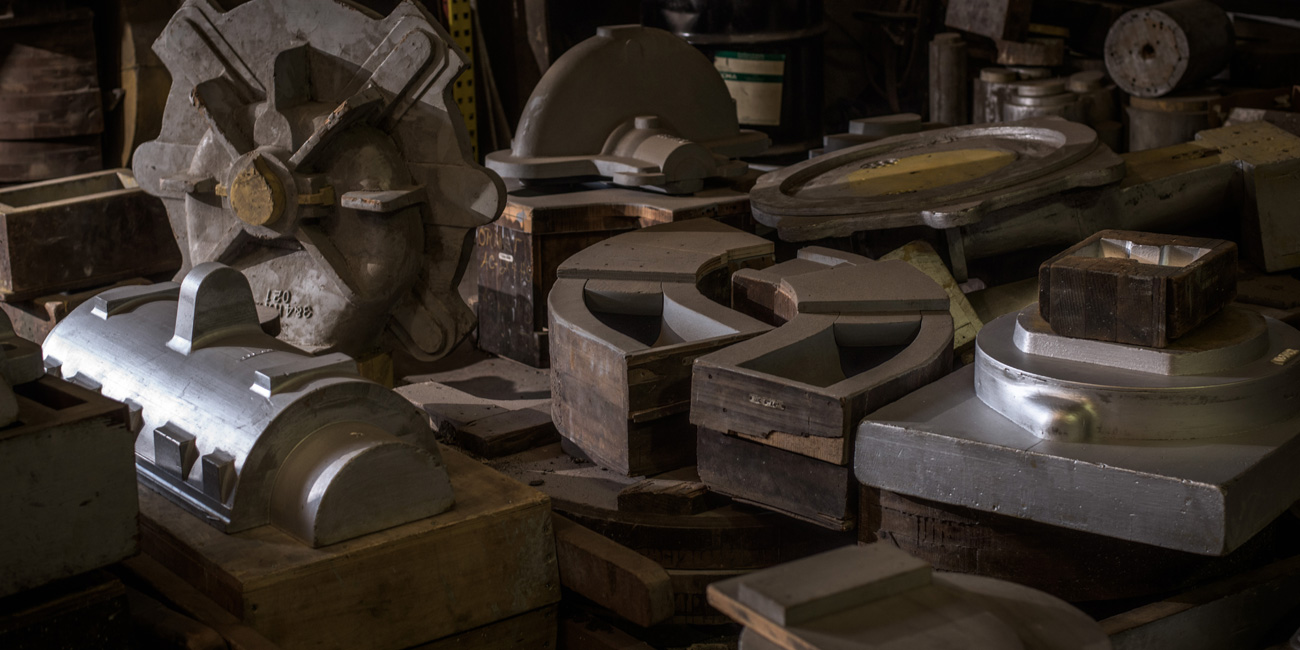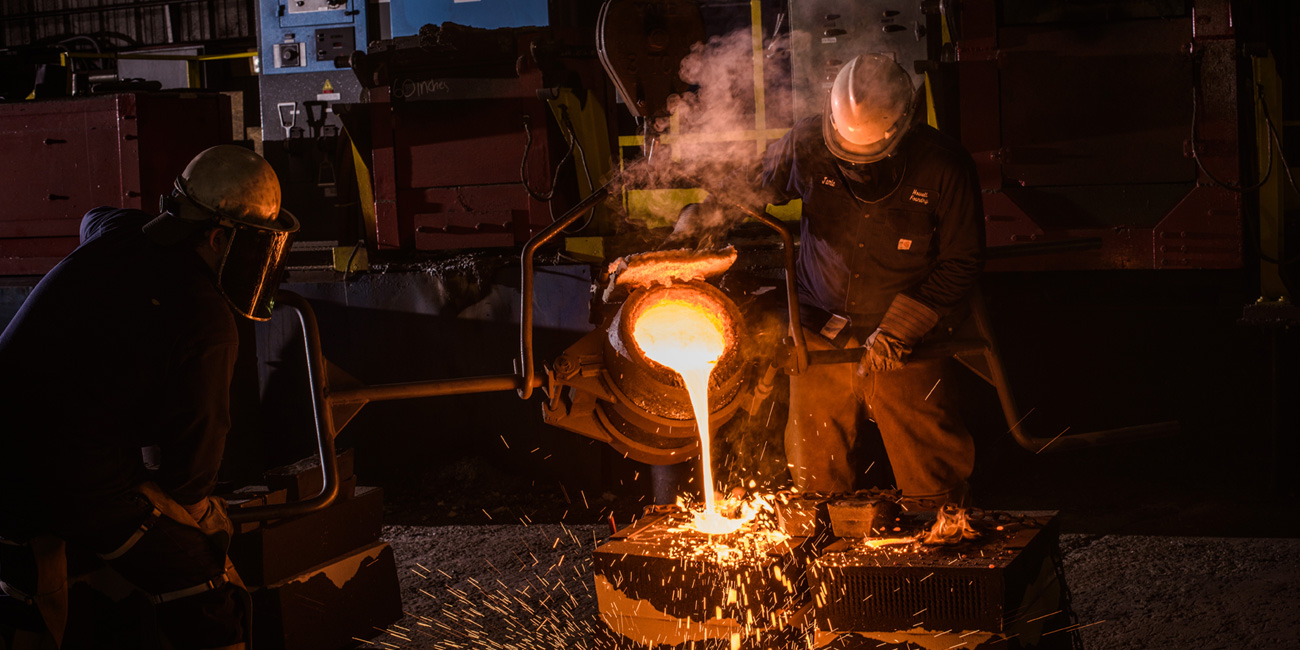A Modern Casting Staff Report
This story appears in the July 2017 issue of Modern Casting
The year 2016 was another good one for reshoring.
According to data on the website of The Reshoring Initiative (www.reshorenow.org), trends in U.S. reshoring and foreign direct investment (FDI) continued to increase. In 2016, a combination of reshoring and FDI brought 77,000 jobs to the U.S. economy. There was also a positive adjustment of 13,000 for 2010-2015.
“Reshoring and FDI together were up over 10% in 2016, with much of the increase coming in November and December, presumably due to anticipation of greater U.S. competitiveness following the election,” says the Reshoring Initiative 2016 data report.
“Similar to the last few years, FDI continued to exceed reshoring in terms of total jobs added, but reshoring increased at a higher rate than FDI from 2015 to 2016. Preliminary data from 2017 indicates similar trajectories, with an all-time high of reported jobs per month reported in January 2017.”
The report also has reasons for why reshoring and FDI is continuing to grow. One of them is skilled workforce, which “was reported as a reason at a much higher rate than in previous years.”
“The high ratings for skilled workforce are probably partly due to management wanting to recognize their team. It is also possible the rating is in comparison to developing country alternatives,” the report said. “Skilled workforce is receiving much needed attention and some improvements, but it is clear that our workforce recruiting and training are still not as effective as those in Germany, the source of much of the FDI.”
In general, the report said reshoring “is still in the early stages of a decades long trend” and that what happens in 2017 depends on federal policy changes.
“The recent upswing in activity is in response to anticipation of such changes, which are expected to positively impact U.S. competitiveness,” the report said. “If and when the policy changes occur, reshoring and FDI will accelerate.”
The Reshoring Initiative forecasts that in 2017, reshoring and FDI will be “flat to slightly up vs. 2016’s record level.”
“Other factors that will continue to influence jobs and the trade deficit include the strength of the U.S. dollar, relative to competitor countries. The strong USD and low oil prices hurt both trends, but probably hurt reshoring more than FDI as foreign companies act to increase their position in the strong U.S. market,” the report said. “In contrast, U.S. companies are still largely making sourcing decisions on an ex-works price basis. There is probably a 12-month lag time between these economic changes and a significant response in the trends.
“Balancing those headwinds, reshoring and FDI continue to gain credibility. Companies are becoming more aware of TCO (Total Cost of Ownership), and skilled workforce recruitment and training are improving. In conclusion, we have moderate confidence that policy changes and increased use of TCO will balance low oil prices and high USD.”
To get more information on reshoring and how it can be useful to metalcasters, Modern Casting spoke with Harry Moser, the founder of the Reshoring Initiative.
Click here to read the rest of this story as it appears in the July 2017 issue of Modern Casting


